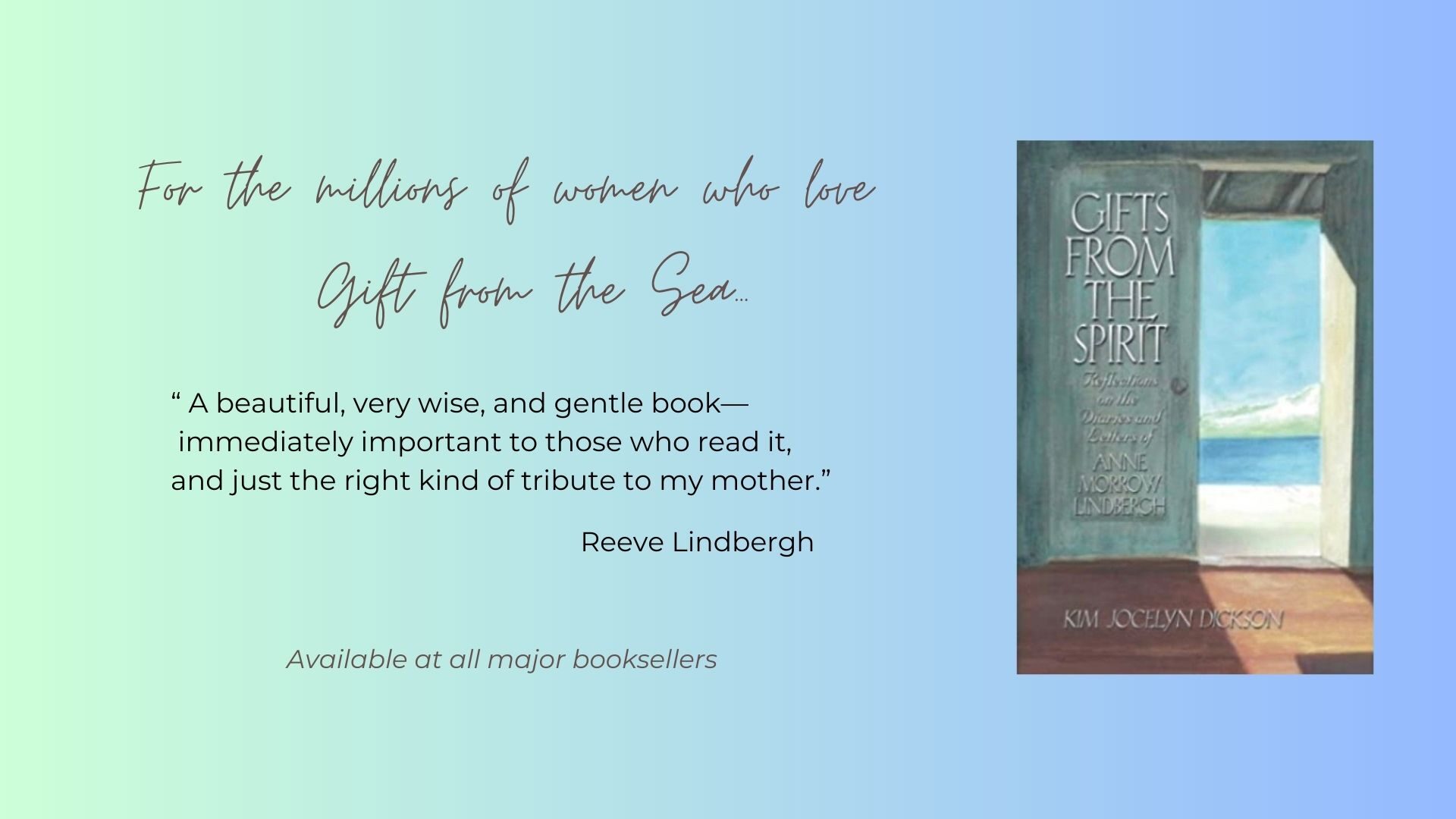 I’m still in a bit of shock about this year’s fundraiser results. It’s not like I was unaware of the power of the cake, but when it went for $1000 more than the highest bid for indoor skydiving and only $500 less than two primo tickets to the finale of “Dancing with the Stars” I realized that there was more to this story than a box of cake mix, some eggs, a stick of butter, powdered sugar, and cream cheese.
I’m still in a bit of shock about this year’s fundraiser results. It’s not like I was unaware of the power of the cake, but when it went for $1000 more than the highest bid for indoor skydiving and only $500 less than two primo tickets to the finale of “Dancing with the Stars” I realized that there was more to this story than a box of cake mix, some eggs, a stick of butter, powdered sugar, and cream cheese.
Each year during my school’s annual benefit season, teachers are asked to donate their time and talent in experiences that are put up for auction and bid on the night of the gala. Last year when my initial offering of gooey butter cake appeared, it was bought straightaway for the suggested price of $200. (The $200 Gooey Butter Cake) It went so quickly that this year I knew it would be put up for auction without a ceiling.
A week before this year’s big event, when it was time to make my sales pitch at morning chapel for my “Teacher Experience” that wasn’t an experience at all, I knew I’d have to update my approach. That meant just one thing. I had to come clean. The previous year I’d ended my presentation dramatically, reminding students that gooey butter cake was NOWHERE to be found in southern California and that their best chance of having it again was in asking their parents to bid on the one I’d bake for them, St. Louis-style.
As it turned out, this was not completely true.
‘In the interest of our school policy of honesty in all things and truth in advertising, I come before you today to set the record straight,’ I confessed as I stepped up to make my pitch. ‘A reliable source informs me that gooey butter cake can now be found in southern California!’
Stunned silence as the following picture appeared on the overhead screen:
When the gasps of horror and giggles died down I explained that I’d done some investigative research and this is what I’d discovered.
More gasps.
I compared and contrasted the two products, pointing out that despite its claim as the ‘Gateway to Flavor’ and the friendly price point of $1.49 or 2 for $2.50, the extensive list of ingredients on the Walgreens’ brand of gooey butter was nearly unpronounceable as compared to the simplicity of ingredients in my homemade cake. I tried to be as kind as I could about the inferior imposter and closed my pitch with this call-to-action plea:
‘I’m sure the folks at the NICE! company mean well, but wouldn’t YOU rather have a gooey butter cake baked just for you by a NICE teacher like ME?’
Apparently, that clinched the deal. The rest was gooey butter history.
In hindsight I’ve realized that along with the sheer power of the cake there were some basic sales principles at work here that, despite the fact that I nearly failed Econ 101 my freshman year of college, I have finally understood:
- Create a buzz. Because I use gooey butter cake as an example of my favorite dessert in class when I teach expository writing, students are inundated with knowledge about it, intrigued by its foreign Midwestern origins, and curious to sample it, which leads to…
- Don’t underestimate the role of the stomach in decision making. After we complete the writing unit I bring in samples of GBC for the students to taste. Their heightened anticipation from hearing all about it along with its pure deliciousness creates further buzz.
- Limit supply, increase demand. Now that gooey butter cake is a benefit item I no longer share the recipe with students and their families. Big deal, you might be thinking. Anyone can get the recipe in a hundred places on the internet. True, but not one baked just for them by their writing teacher. Which returns us once again to #1.
There’s one more principle that renders my list pretty much irrelevant because it’s the one that really matters. And that’s the generosity of the parents who purchased this St. Louis-born treat to help our school and make their daughter and her classmates happy.
Now THAT was really nice.





